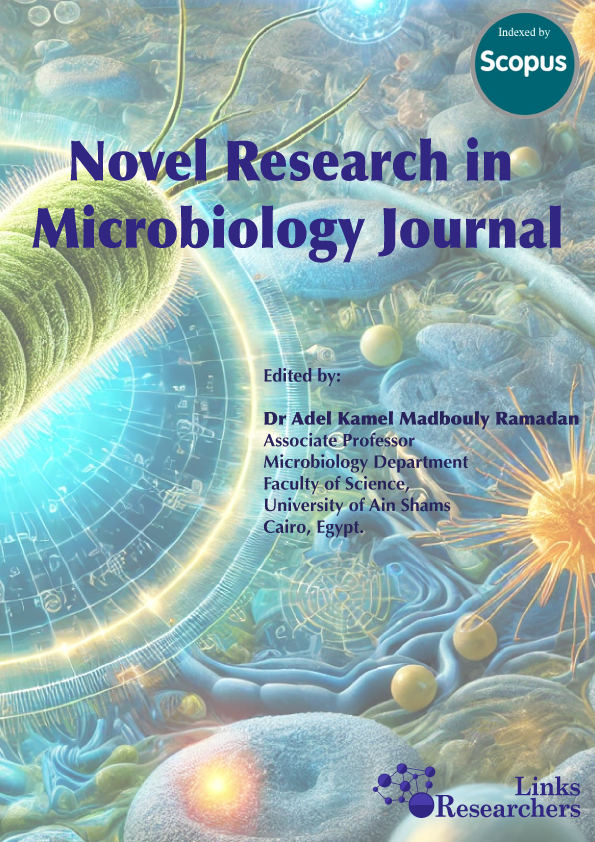Proteus spp. are widely distributed opportunistic pathogens that can cause various human
infections. A total of 361 clinical specimens were obtained from patients who were attending
to different hospitals in El-Minia governorate, Egypt. Approximately 23 % of the samples
belong to Proteus spp. isolates which were obtained from various clinical sources. After
biochemical identification, 42.1 % of isolates were found to belong to Proteus vulgaris and
57.8 % to P. mirabilis. The urine samples collected from catheterized patients represented 32.6
% of all the clinical specimens, and the majority of the recorded isolates were Proteus spp.
The antibacterial sensitivity of the Proteus spp. was examined using 16 different antibiotics
from various families. The most effective antibiotics were Amikacin; Levofloxacin, and
Meropenem, recording 68.6 %, 66.2 %, and 62.2 % of the isolates sensitivity to each of these
antibiotics, respectively. Using the ureR-based PCR, 48 % of the isolates were identified as P.
mirabilis. Moreover, the Qnr genes (i.e., qnrA, qnrB, qnrS, qnrD, and qnrC) and the aac (6')-
Ib-cr gene had been identified in 40 % of P. mirabilis isolates. The aims of the study were to
investigate the prevalence of Proteus spp. in El-Minia, Egypt; determine the antibacterial
susceptibility pattern of these isolates, and characterize the PMQR genes in Proteus spp.
Quinolone resistance in P. mirabilis isolates might have been brought on by mechanisms other
than qnr and aac (6')-Ib genes. Finally, since Proteus spp. are widespread in the environment;
healthcare facilities must






